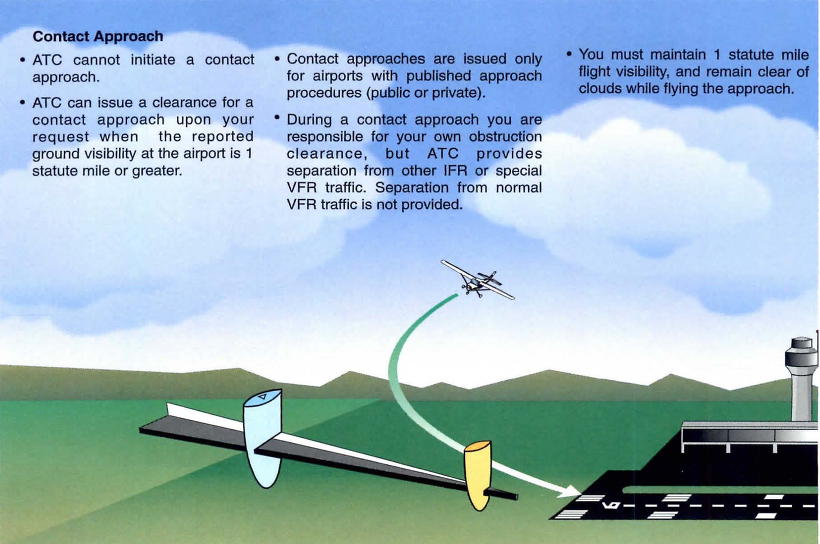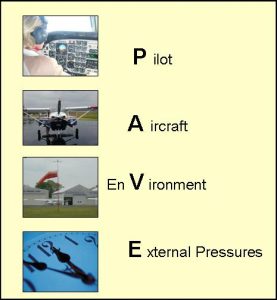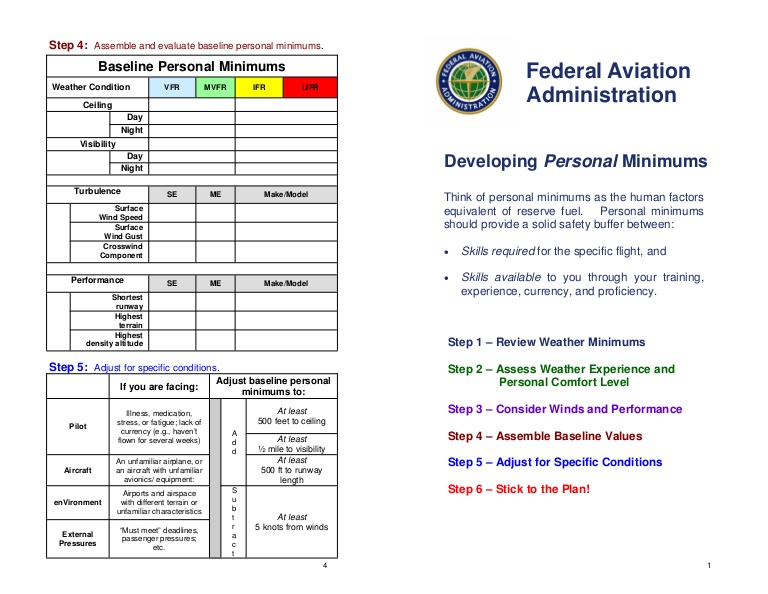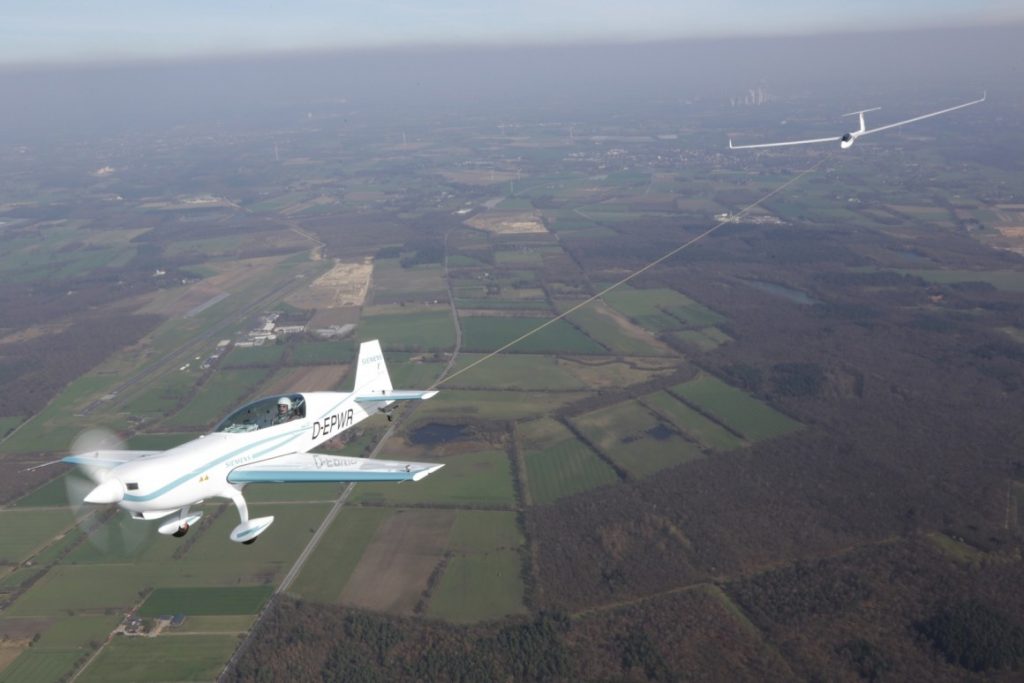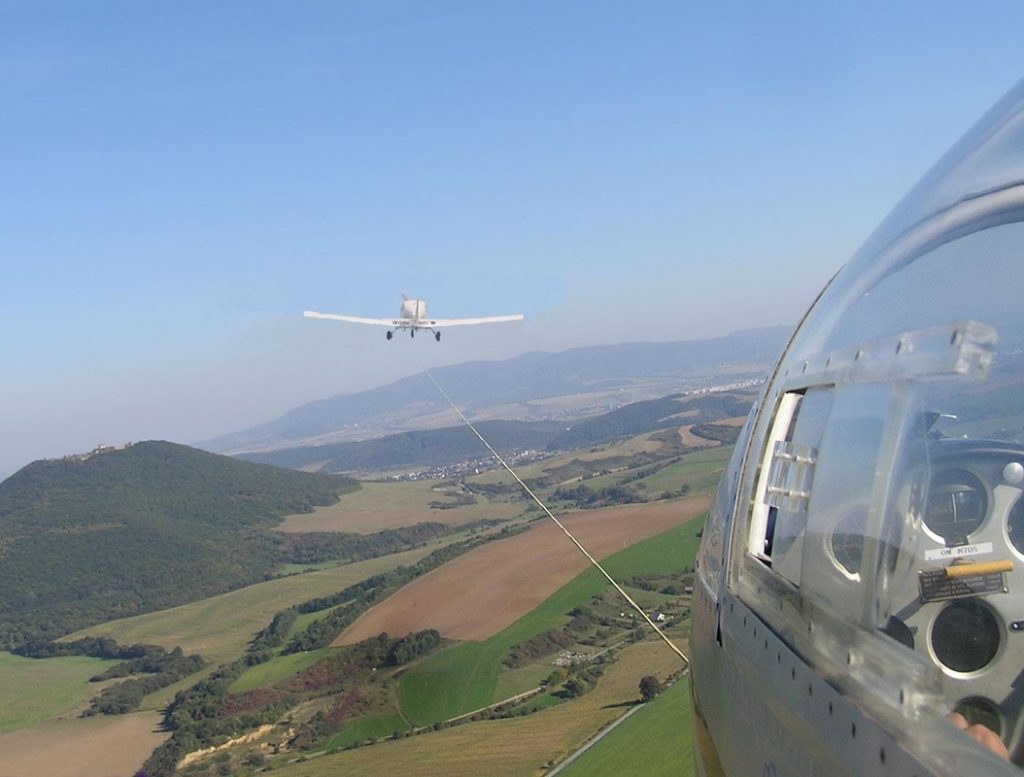Sadly, Texas Top Aviation is having to cancel it’s 2020 Santa Fe Fly In due to COVID. New Mexico has continued to implement travel restrictions, making it difficult for Texas Top Aviation to complete the event.
Mark your calendars now, though, as Texas Top Aviation has scheduled is 2021 Fly In. We are returning to the Lajitas Golf Resort in the Big Bend area of Texas. The event will be March 24th-26th, 2021. Stay tuned for more information. We hope to see you there!


